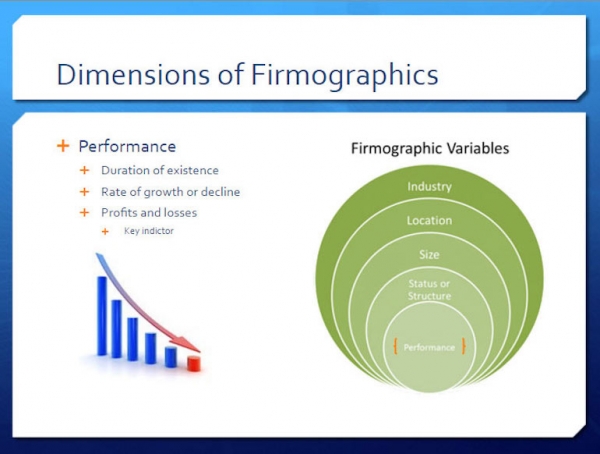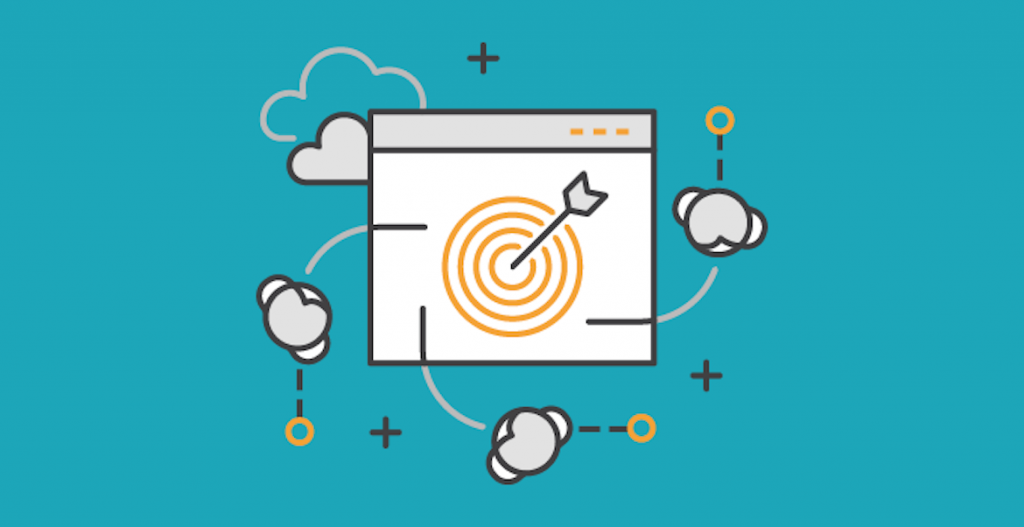Are you looking for a clear path to success for your startup? The data-centric approach is the key.
In today’s world, consumers are increasingly cautious and savvy. They each want to spend their money on a sound investment, but so you do.
You first have to decide on a product or service to offer. After deciding on a product or service, find potential customers.
Now:
At this point, you need to see your customers as valuable resources. Why? Their input may help you improve your product and set prices.
You must be wondering:
Where do I start? How can I incorporate a data-centric approach?
There are of course many different types of customer data to consider, but you need a surefire way to narrow down your search.
Keep in mind that you will have to do pre-startup research. Research the industry and your competitors. This will help you focus on the right market.
With the right information on hand, you will know which market to target. And you can keep your most valuable customers by knowing what they want.
1 Rule to Help You Focus Your Customer Data: The 80/20 Principle
What is the 80/20 Principle? Also called the Pareto principle, it is based on general observations:
In 1906, Vilfredo Pareto discovered that 20% of the residents in Italy owned 80% of the land in Italy. The Pareto Principle also works on many different levels.
Apply this principle to your business. In short:
About 80 percent of your results come from 20 percent of your efforts.
Over time, your customer data will adhere to the rule. You need to appeal to 20% of your customers on a consistent basis. These are the customers who will be responsible for 80% of your revenue in any given period.
There’s more:
About 20% of your products might meet customer expectations. Those products will generate 80% of your revenue.
Keep this in mind as you start to grow your customer base. The data-centric approach will help you target a specific group of consumers. Promote the highest-performing products and services to meet customer expectations.
6 Types of Customer Data You Need to Find Immediately
While running a data-centric company, you must mine multiple sources of customer data. Consider these six types of information as part of a comprehensive process.
1. Demographics
Demographics are essential to the data-centric approach. They give a comprehensive look at personal customer data.
Demographics are generally the most involved form of data and one of the most advantageous. Demographics are broken down into subcategories in order to build customer personas. You can use the information in targeted marketing.
Demographics primarily deal with the age, gender, education, income level, occupation, and marital status of each customer. Any data-centric company could add more subcategories to demographics. But these are the subcategories that aid businesses in determining customer expectations and needs.
For example, if users in their 20s and 30s are more likely to use one type of phone app, marketing efforts should be geared more toward those consumers.
2. Firmographics
Firmographics deal with company information. You can look at things like industry, annual revenue, executive titles, the number of employees, and locations. Their customer data is supplemented with demographics.

If your company sells supplies to other companies, you need this information, too. Also, demographic data can help you determine which products you need to sell to another company.
Finally, research your competition. Compare your customer bases. Can you fulfill an unmet need or supplement a current need?
3. Psychographics
Why might a customer buy from you?
Psychographics look at the personal values of consumers as well as their expected benefits. That will give you a better idea of the types of products consumers will buy.
In short, psychographics tell you more about the intent to buy than any other metric.
4. Geographic Segmentation
Geographic segmentation breaks down a consumer base by regions, like cities, states, and nations.
Depending on where your market is, your customer base may have people with similar income levels and values.
5. Website Analytics
Website analytics offer a general look at all combined user behaviors. For example, you can look at unique views for pages, unique visitors, and examine things like clicks.
Where do most visitors go on your site? Is there a particular service or price range that attracts far more visitors than others?
6. Online Consumer Behavior
Monitoring online consumer behavior goes beyond website analytics. Behavioral history looks at how individual users interact with websites.
How are your customers most likely to interact with your product or website? Do they go to certain pages and click on specific links?
When is a customer most likely to make a purchase? Are purchases made by the customer during a specific time of day? How long does it take for a visitor to make a purchase on your website?
Crazy Egg helps its clients find this out. It has what is known as mobile heatmaps. The areas with the lighter colors are where most users click on the page.
Noticing the patterns will help you effectively market to your customers.
To Truly Pinpoint What Your Customers Want…
…You need to be proactive. Find out which data-mining methods work best for you and be more direct with your customers.
Here’s the deal:
In order for your startup to be data-centric, you will need more direct feedback from your customers. Getting data directly from them will help you measure intent.
You can find answers in a number of ways. You can talk to customers directly. This point has been stressed before, especially for those developing SaaS.
Here are three other methods:
1. You can use a customer survey to gauge opinions.
A customer survey will also help you to determine who your loyal customers are and how much they will pay for your products.
Try to add more specific questions to a customer survey to find out about a specific experience. Do they have problems with the onboarding process, for example?
2. You can do your own primary research online.
Find out where your customers are. Do they visit help forums, blogs, or specific social media sites?
Pay attention to what customers say about your product. Do they write their own blog posts based on their experiences with your business? They may also talk directly to others online about their experiences?
3. Observe the type of devices your customers use.
Do your customers prefer laptops, tablets, smartphones or a combination of all devices? Knowing how your customers interact with your website and product is critical for conversions. Make your site accessible for multiple devices.
3 Cautionary Tales You Need to Consider during Your Product Planning Phase
Consider the cases of these three failed startups.
a. When most people hear the word “startups,” they think of the Dotcom Crash at the turn of the century. One startup that failed during that time was Mark Cuban’s Broadcast.com.
The company failed because it never had the audience to support an Internet radio broadcast in 1998. There were simply not enough people with broadband at the time.
b. Devver was a startup founded by two young men who were exceptional with code.
The company’s biggest weakness can be put succinctly: Customer development was abandoned while the product was being developed.
c. Nouncer is one company that failed to launch before the competition did.
Nouncer’s founder, Eran Hammer, originally intended to start a microblogging business. However, he faced several problems, including: a shifting business plan and the failure to target a specific audience.
While Hammer later resolved to support social media sites like Twitter, he was changing his business plan. He moved away from a customer-facing service. His business ultimately folded after two years.
What’s the bottom line?
The companies in the dotcom crash failed based on one common principle: big ideas must be supplemented with business acumen. The CEO’s were focused on numbers that did not include customer data.
One of Devver’s founders, Ben Brinckerhoff, admitted that he and his partner needed someone who could handle the business side of the company. More specifically, someone needed to talk to customers.
In the case of Nouncer: There was a shifting focus within a particular market and little focus on a consumer base.
Don’t make these mistakes. Build your company with a data-centric mindset. Your customers are there to help you and they hold valuable information.
5 Examples of Data-Centric Companies
Now, contrast the above examples with companies that have data-centric models.
a. Facebook is a platform that was naturally built for a customer-centric approach.
With Facebook, you can connect with family members, friends, and co-workers around the world. Facebook tracks your connections and lets them know about your transactions – if you allow it.
Facebook also has partnerships with data-mining companies and other data-centric companies, including Spotify. The data helps companies target specific users for their products.
b. Spotify is a popular music-streaming service that reaches over 50 million users around the world. Spotify was created to serve two respective needs of users and those in the music industry: easier access to music without piracy.
The market had helped CEO Daniel Ek build his business model. He improved it by sticking with his business vision and anticipating customer expectations.
Today, the streaming service thrives on the application of customer data. Spotify’s suggestions are improved via user behaviors.
Those actions are tracked and used to influence clicks and paid subscriptions.
c. Amazon is a leader in online commerce. Its customer-centric model allows for highly-rated experiences by users. The data users provide via wish lists, e.g., allow Amazon to market specific products.
There is a mechanism for users to sell their used products. Users can also choose from new and used offerings.
d. Uber is a data-centric company. It utilizes an app that is a “game-changer” in the world of private transportation. The app works by analyzing customer data (locations, quick routes) in order to find the closest-available drivers.
The Uber app analyzes information in real time to determine distances drivers need to travel and the amount of time it takes to get from one destination to the next.
The app also uses a ratings system for riders and drivers. Negative ratings can be used to keep some riders from particular drivers. Drivers with low scores are dismissed.
e. Twitter was built on user-generated content. It instituted hashtags in order to categorize the topics (and products) users were talking about. The hashtags help users find each other and companies find users that might be using their products.
Another innovation is trending topics:
Additionally, Twitter paired with Datalogix in 2014 in order to track the number of users who viewed advertisements and made purchases shortly afterward.
The five companies listed above serve as excellent examples of applying data-centric principles. Learn from them. Also learn from the examples of failed startups. They were not customer-centric and some of the founders recognized this.
Conclusion
There is a significant amount of research that goes into building a startup, particularly in terms of finding customer data. Cover all your bases by analyzing information like demographics and doing your own primary research by offering things like customer surveys.
Always consider the importance of building your company with a data-centric mindset every step of the way. You can then use the information you find to figure out what your customers want.
This will ultimately lead to an improved product and a more efficient marketing plan.
